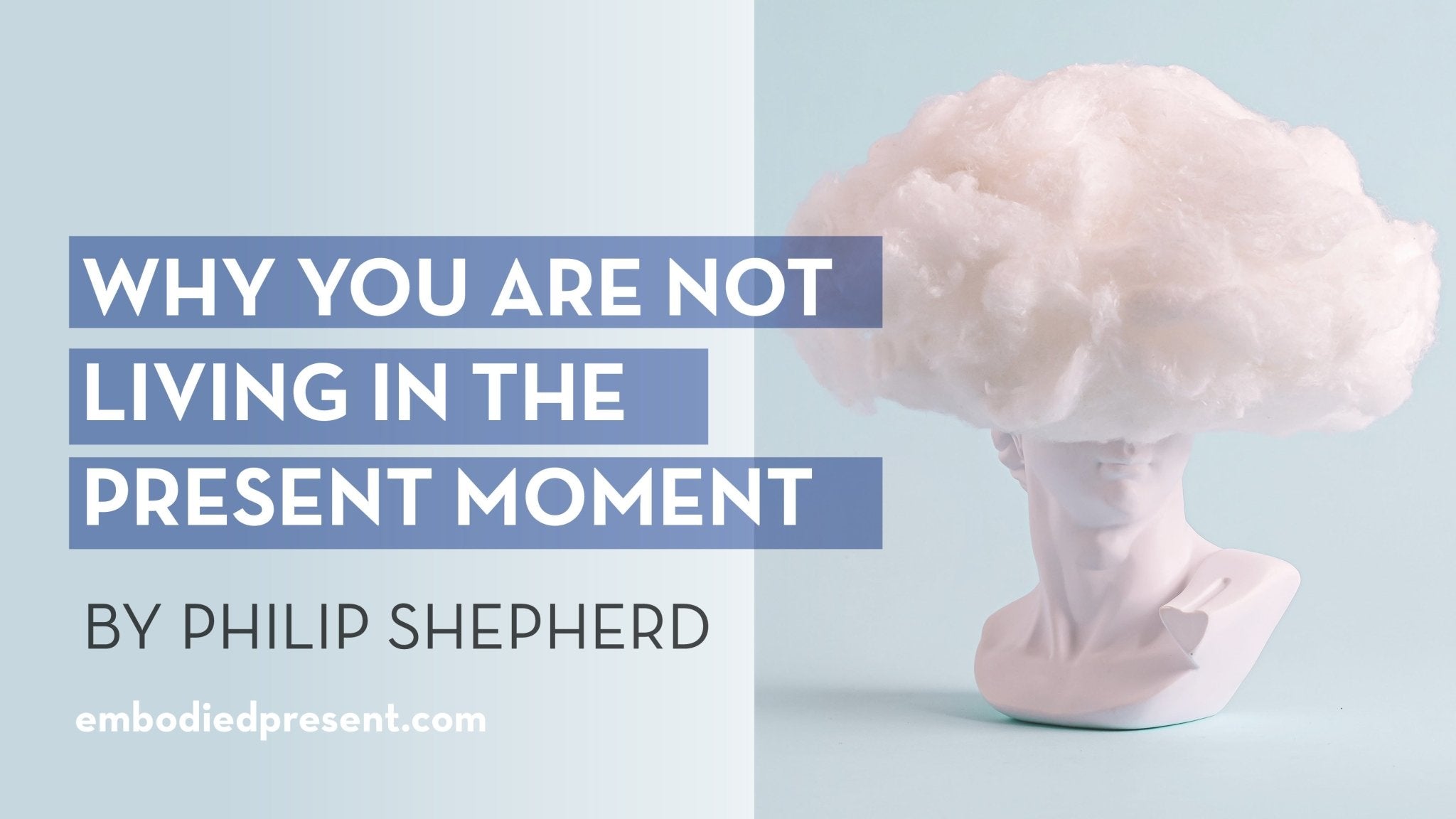A little excerpt from the book I’m currently writing, Radical Wholeness.
One of the most difficult tasks we face is to uncover the hidden assumptions that shape our living and thinking. The reason it’s difficult is found in the history of such assumptions – we have often absorbed them into our psyches while we were too young to question them. The difficulty of uncovering them, though, is offset by its importance: as long as those assumptions lie buried and unseen, they will continue to drive us and shape our actions without ever being held to account.
But how do we shed light on the dark roots of what we know and how we know it? We could start by recognizing that we come to new knowledge by a process of comparison. When we seek to understand something, we don’t start from scratch – we begin by comparing it to other things we already know. And we naturally tend to find such comparisons by turning to the phenomena we understand most thoroughly, rather than to phenomena that leave us puzzled. Consider this, then: what if there were only one thing in all the world that we understood completely? If we harbored any such absolute understanding, we would naturally lean on it first and foremost, tending to make it the basis for understanding everything else. As it happens, there is just one thing in the world we completely understand, and it is the machine. We understand it because we are its creators. We imagine it, design it and build it. We maintain it, fix it when it breaks, and modify it to improve its performance. Our relationship to the machine is god-like. Of course the reason we completely understand the machine is because, as its creators, we ourselves establish the parameters for that understanding – and they are very narrow indeed. Simply put, a machine is made to do our bidding. So we are concerned almost exclusively with its specific, limited function, and the way we can achieve that by designing a controlled sequence of cause and effect. Machines have neither the free will, nor the life, to step out of that established sequence of cause and effect. Furthermore, and the impact of this is hard to overestimate, our understanding of machines stands independent of feeling: you can understand the workings of a machine without feeling a thing. When you examine how our culture sees the world, you begin to see how deeply our seeing relies on the machine model of understanding, asking it to provide the foundation for our understanding of all else. The effect, naturally, tends to mechanize everything, including life – and it is so widespread that it is difficult to summarize. We can gain a glimpse of it, though, by outlining five different but related conclusions the machine model encourages us to make. Our understanding of machines invites us to believe that:- The world is knowable. If we can completely understand the machine, we can completely understand anything. You just have to break something down into all its bits and pieces and see how they interact. Everything that happens can be traced back to cause and effect. Such understanding is reliable because it is objective.
- There is no mystery. We know that when you hit a nail directly with a hammer, you will drive it into the wood. Everything happens for a reason. If we encounter something in our lives that looks like a mystery, it might present a minor gap in our understanding, a problem to be cleared up, something we might learn about. Mystery is certainly not a real presence we might learn from – it is an illusion created by the world’s mechanics.
- Life is a machine. Just as with a machine, if you provide a life form with the right energy, it will function as designed. It is essentially a self-replicating machine with inputs and outputs.
- Function is justification. A machine is solely justified by its function, and the same is true of a tree, a chicken, or a mother on welfare. Life counts for very little until we can show that it has a function that provides value.
- Consciousness is a mechanical side-effect. We no more have free will than does a machine – and when we experience consciousness, we are merely experiencing a by-product of the machine. Consciousness certainly can’t be considered a first cause, nor can it be anything more than the machine.






Leave a comment